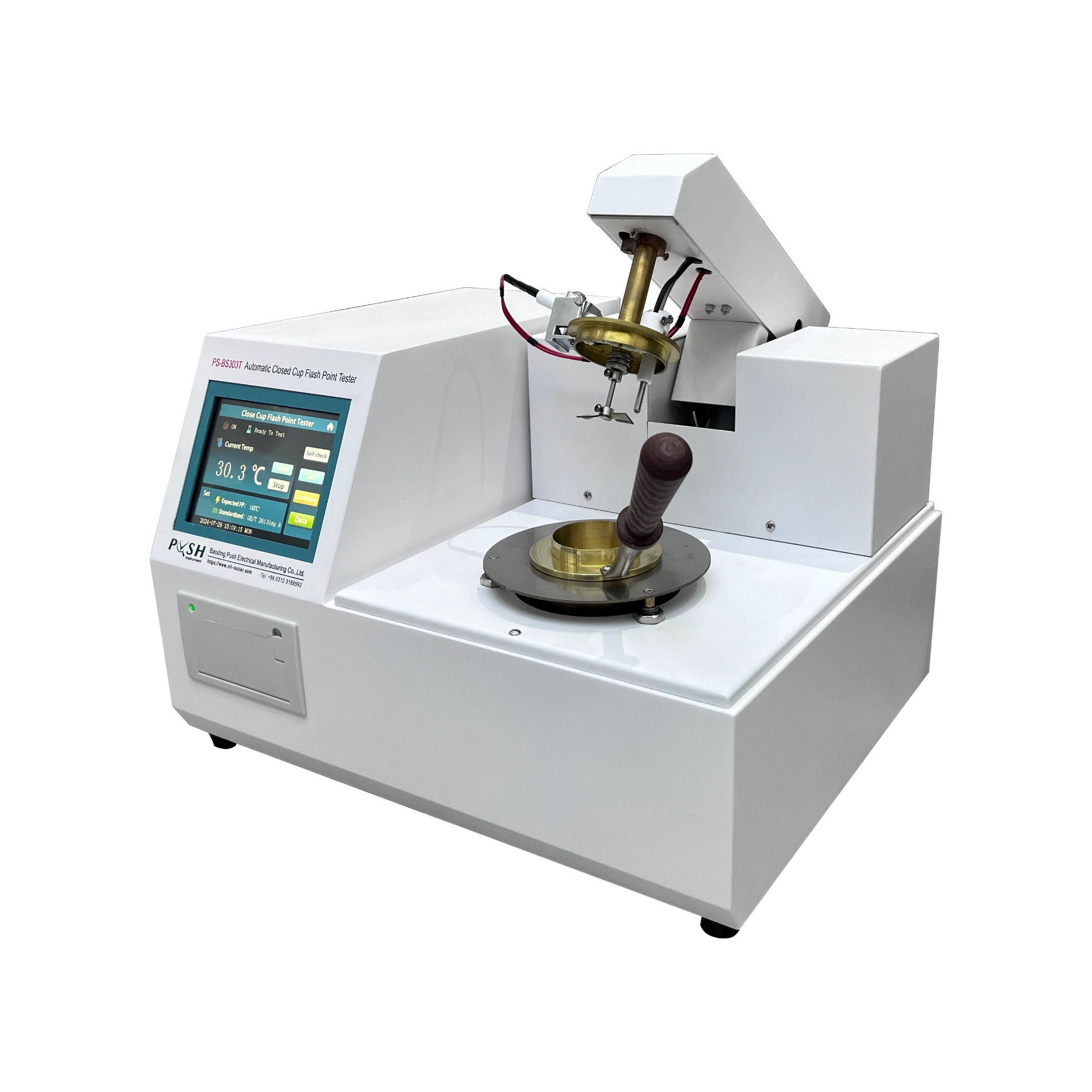 English
English


Understanding Transformer Oil Acidity Levels and Their Importance for Equipment Health
Understanding Transformer Oil Acidity Importance and Impact
Transformer oil plays a critical role in the efficient functioning of transformers, serving not only as an insulator but also as a coolant. One of the key parameters that define the quality of transformer oil is its acidity. Transformer oil acidity is a measure of how acidic the oil has become over time, often due to chemical reactions that occur within the transformer. Managing oil acidity is vital for the longevity and reliability of transformer systems.
Acidity in transformer oil is typically measured in terms of Total Acid Number (TAN), which indicates the concentration of acidic compounds present in the oil. A low TAN value is desirable, as increased acidity can lead to a range of issues, including insulation deterioration, formation of sludge, and breakdown of oil properties. The primary culprits for increased acidity are oxidation and the presence of moisture, which can accelerate the degradation of oil.
Causes of Increased Acidity
The most significant factor leading to increased acidity in transformer oil is oxidation. As the oil ages, it reacts with oxygen, which is usually present in trace amounts. This reaction can produce various acidic byproducts, increasing the acidity of the oil. Additionally, equipment failure can introduce moisture into the system, further contributing to the oxidation process.
Another contributor to acidity is the presence of contaminants, such as metals and particulate matter. These contaminants can catalyze the oxidation reactions, compounding the acidity issue. Furthermore, the insulation materials within transformers can also degrade and produce acids, which enter the oil and increase its acidity.
Implications of High Acidity
High acidity levels in transformer oil can have severe consequences for transformer operation. One of the most significant impacts is on the insulating properties of the oil. Acidic compounds can corrode the cellulose insulation in transformers, leading to the production of residues that compromise the insulation's effectiveness. This degradation can ultimately result in reduced dielectric strength, increasing the risk of electrical failures or short circuits.
transformer oil acidity should be

Moreover, increased acidity can lead to the formation of sludge, which can clog filters and hinder the efficient flow of oil. Once sludge begins to form, it can create hot spots in the transformer, leading to overheating and potential malfunction. Regular monitoring and maintenance become crucial to ensure that acidity levels remain within acceptable limits.
Mitigation Strategies
To combat the risk of high acidity in transformer oil, regular testing and monitoring are essential. Transformer operators should perform routine tests to measure the TAN of the oil. If acidity is found to be exceeding acceptable levels, several remedial actions can be taken.
One common method for reducing oil acidity is dielectric oil purification, which removes acidic compounds and particulates from the oil. This process can help restore the oil to a more neutral state. Additionally, maintaining proper sealing and ventilation in transformers helps to reduce moisture ingress, decreasing the likelihood of oxidation.
Another protective measure is to implement the use of antioxidants in the oil formulation. These additives can help mitigate the oxidation process, prolonging the life and efficacy of the transformer oil.
Conclusion
In summary, transformer oil acidity is a crucial aspect that influences the performance and lifespan of transformer systems. Understanding the causes and implications of increased acidity can help operators implement effective monitoring and maintenance strategies. By taking proactive measures to manage oil acidity, industries can ensure the reliability and safety of their transformer operations, ultimately safeguarding valuable electrical infrastructure. Regular testing and maintenance of transformer oil should not be viewed as an optional task but as an integral part of an effective transformer management strategy.
-
Differences between open cup flash point tester and closed cup flash point testerNewsOct.31,2024
-
The Reliable Load Tap ChangerNewsOct.23,2024
-
The Essential Guide to Hipot TestersNewsOct.23,2024
-
The Digital Insulation TesterNewsOct.23,2024
-
The Best Earth Loop Impedance Tester for SaleNewsOct.23,2024
-
Tan Delta Tester--The Essential Tool for Electrical Insulation TestingNewsOct.23,2024





